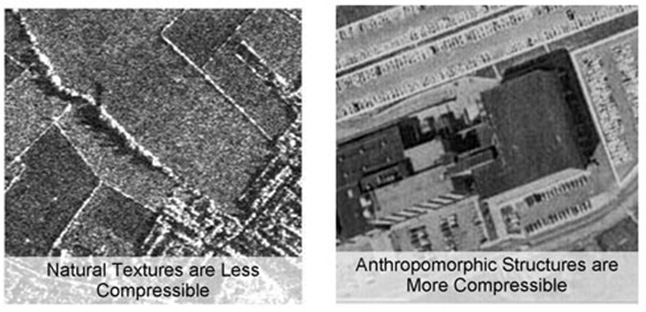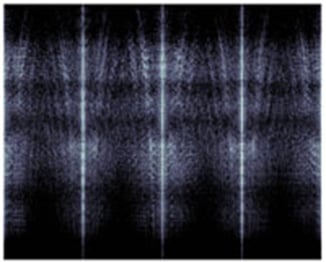Compressive sensing introduces a new paradigm in RADAR image formation. This approach to image formation supports new concepts for collection of RADAR imagery. The theoretical framework being developed at MTRI allows us to define optimal collection strategies for imaging from networks of RADARs.

Overview
- Many scenes/signals are compressible and can be expressed as a linear combination of a small number of components (e.g., JPEG).
- Compressive sensing (CS) moves the compression to the sensor before an image is formed.
Active Areas of Research at MTRI
General theoretical developments in compressive sensing with particular focus on distributed RADAR sensing/imaging incorporates:
- Scene phenomenology (monostatic/bistatic)
- Waveforms (e.g., chirp, random, Alltop)
- Joint geometry of radars/scene
Application of compressive sensing framework to the distributed RADAR network problem is providing useful insights into the role of waveform design and the resulting performance of the distributed imaging system.


